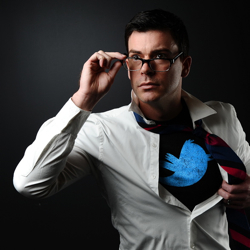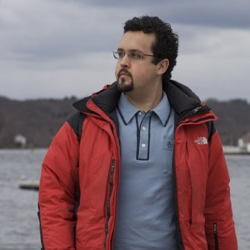For years “cartoons put art music in ordinary people’s lives in everyday ways.” The hijinks of Bugs Bunny, Mickey Mouse, and Porky Pig set to classical music’s greatest hits certainly served as an entry point for one generation of music lovers. But what are the entry points of today? This post by Paulla Ebron won an honorable mention in the American Orchestra Forum blog contest.
I have to admit that one of my first exposures to classical music was while watching old Looney Tunes cartoons. Colorful and irreverent, these animated snippets drew the attention of many young listeners whose living rooms became little concert hall. As viewers, we sat captivated by the characters, Bugs Bunny, Mickey Mouse, and Porky Pig either conducting or turning their comic appearance to perform something like. “The Hare of Seville.”
Cartoons put art music in ordinary people’s lives in everyday ways. They did so by naturalizing the music and making art music seem accessible. Admittedly, the rowdy crowds depicted in these cartoons are a bit unorthodox by conventional standards.
Formalists’ stomachs will turn at the thought of a popular genre meeting the staid conventions associated with high art. These same people would likely be upset (more…)





